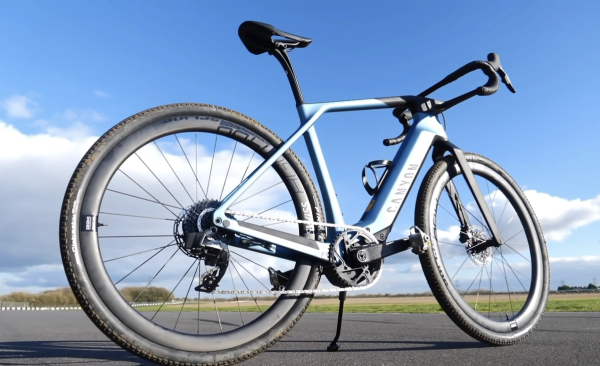E-bike maintenance top tips: How to service, clean and protect an electric bike
Like a regular mechanical bike, an e-bike requires plenty of care and attention to keep it in tip-top condition. Here's how
Tom Hallam-Gravells
Online Production Editor
© GCN
E-bikes require regular maintenance to keep them in tip-top condition
Electric bikes benefit from motors that provide assistance whenever you need it. They’re a great way to reduce the strain of riding, but that extra assistance doesn’t come for free and electric bikes usually have a heftier price tag than their mechanical cousins.
As an electric bike can be a considerable investment, you’ll no doubt want to keep yours in top-tip condition to increase its longevity. To do this, you’ll need to keep on top of maintenance, but how do you maintain an e-bike?
From maintaining components to cleaning an e-bike, here’s everything you need to know.
What extra maintenance does an e-bike require compared to a mechanical bike?
With their additional electronic features, you could be forgiven for thinking that e-bikes require considerably more maintenance than a regular mechanical bike, but that’s far from the case. On the whole, the process for maintaining an electric bike is the same as it is for a mechanical bike.
The electronics on an e-bike, such as the motor and battery, aren’t designed to be maintained, which makes sense as that would require advanced knowledge. They’re instead sealed units with high levels of water protection so, theoretically, you shouldn’t run into any electronic problems. If you do, it’s a job for trained mechanics or the manufacturer.
There is a caveat here, as there are measures you can take to protect these electronic components, but more on this later.
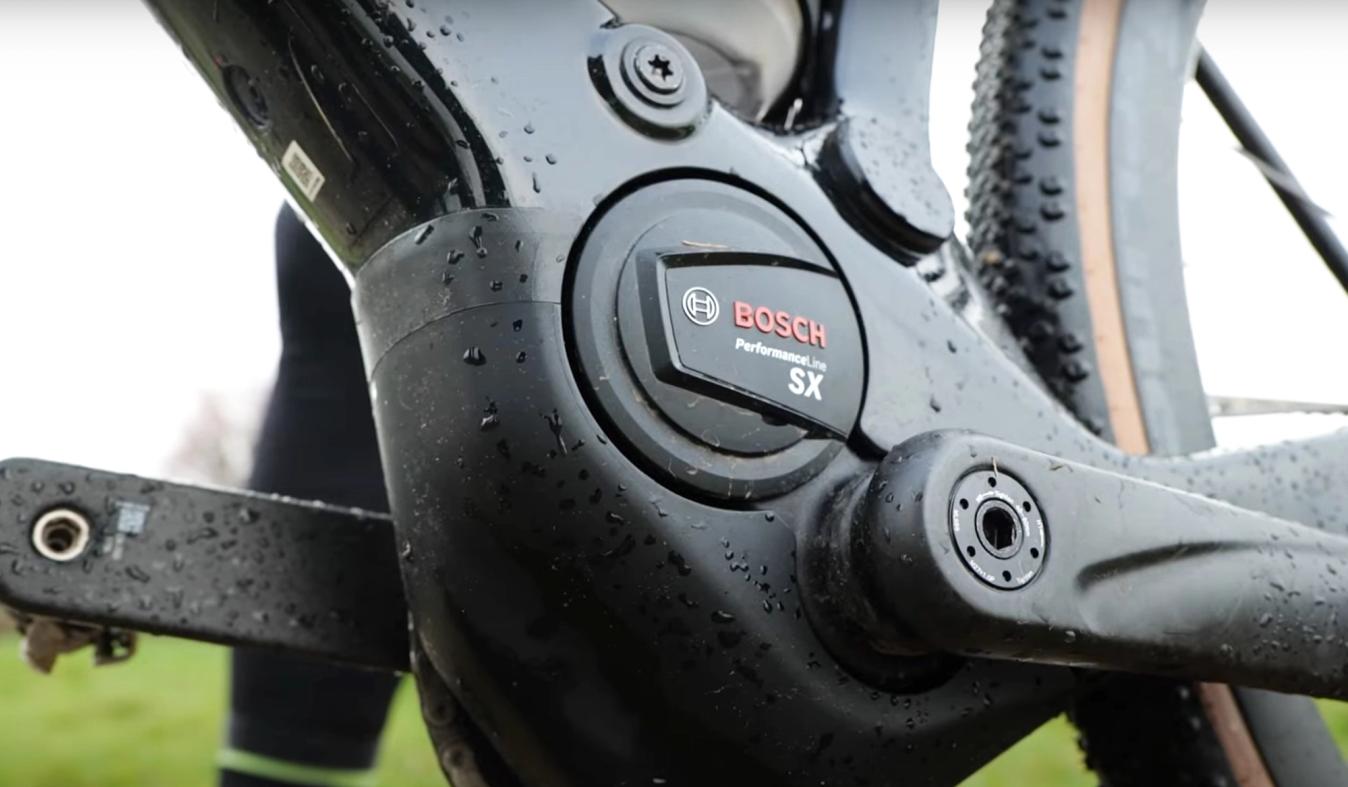
© GCN
Despite their additional motors and batteries, e-bikes are still easy to maintain
Once electronic components are taken out of the equation, it just leaves regular mechanical components that require the same level of care as any other bike. Drivetrains on electric bikes are subject to higher torques and strain, so require some thorough TLC, but hopefully you are thorough when taking care of all of your bikes, in which case an electric bike shouldn’t require any notable extra effort.
- Read more: 10 benefits of riding an e-bike
Do I need special tools to maintain an e-bike?
As you may have guessed from the previous section, there’s more good news here as you won’t need to buy any electric bike-specific tools. A regular bike tool kit should be fit for the job, while a bike stand is always a useful and convenient accessory.
There is one exception to this in the form of a crank stopper which will come in handy when lubing and cleaning a chain. This would usually involve back-pedalling the cranks to move the chain around the drivetrain but as you’ll find out, this doesn’t work on an e-bike. A crank stopper locks into the chainring bolts. When the cranks are turned backwards, it will press against the stopper, which in turns rotates the cranks and the chain.
- Read more: Five essential tools and spares for cyclists
How much does it cost to maintain an e-bike? DIY vs professional servicing
Once you’ve got all the tools and accessories required, maintaining an e-bike is a cheap job.
There will occasionally be additional costs when worn parts and components need replacing, but this shouldn’t happen too often. Parts that most frequently need replacing, like the chain, are also relatively cheap to replace, so you shouldn’t suffer too much of a hit to your bank account.
Things become a little more expensive when you recruit the help of a professional mechanic. Naturally their expertise comes at a cost, but don’t neglect this avenue. Even if you’re fairly confident maintaining your bike, it’s still worth booking your bike in for a professional service at least once a year. You may baulk at the additional cost, but it can save you a lot of money in the long run as, depending on the level of servicing, a mechanic should strip back your bike to ensure all of the components are taken care of. That added care will result in extra longevity, meaning less time and money spent replacing parts.
Whichever way you look at it, an e-bike is much cheaper to maintain than most other modes of transport, like motor vehicles, which is why so many commuters are turning to them as a practical and economical alternative for their journeys to work.
How often should you maintain an e-bike?
How often do you ride? How long are your rides? What conditions do you ride in? There are lots of factors that will affect how often you need to service your e-bike.
Most of this servicing focus will be to the drivetrain, such as the chain, as this will gain dirt and grit as you ride. The more you ride, the more dirt and grit it’ll get covered in. This affects drivetrain efficiency and will wear components. Wet weather can make things worse as more dirt gets washed on the road, flicking up onto components. Water will also wash lubes off a chain.
As a general rule, it’s best to give everything a thorough clean and service after every ride in the wet. It’s probably the last thing you’ll want to do having arrived home drenched, but it will be worth it.
You can get away with doing this a little less frequently in drier conditions, but keep a close eye on the drivetrain. As soon as it starts accumulating any dirt, it’s time to give it a good clean and service.
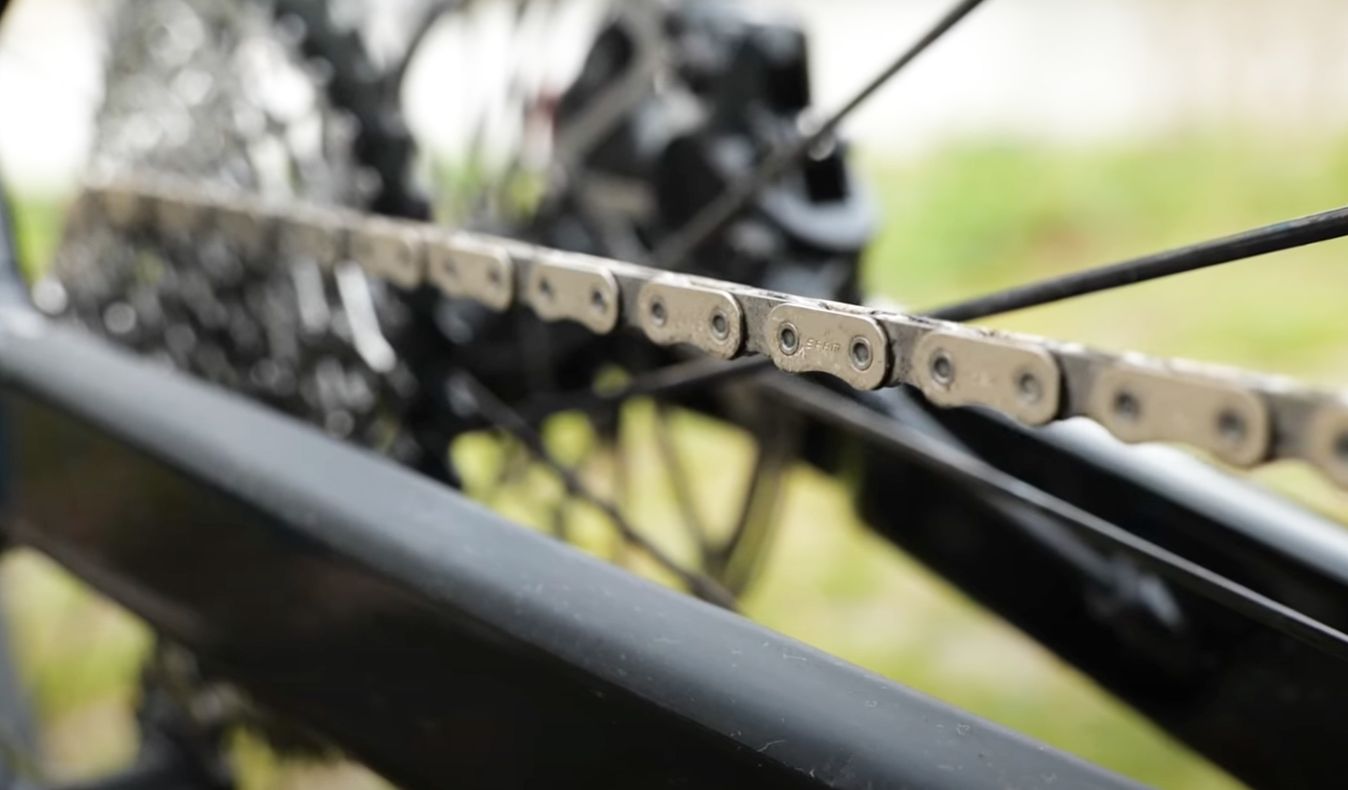
© GCN
A drivetrain on an e-bike will require regular maintenance
The rest of the bike will also need a clean, but won’t need a thorough service quite as often - you’re not going to need to strip back the whole frame to access the bearings after every ride, for example.
Watch out for any tell-tale signs that your bike needs some care, too. Creaks or strange noises are usually an indicator that a component is in need of some grease and a good clean.
Overall, servicing parts on an electric bike is the same as with any regular bike. For more help with this, check out our in-depth book on bike maintenance.
How to clean an e-bike
So, maintaining an e-bike is a simple enough process, which is mainly centred around keeping it clean. This seems like a simple enough job and, on the whole, it is. However, cleaning an e-bike involves water, which can cause a problem to the electrical systems, which is why there are some good cleaning habits you’ll need to follow.
Now, before we go any further, it’s important to reiterate that the electrical systems on e-bikes are protected with high water-resistant ratings - this may not be the case for e-bikes bought from less reputable brands, so always be careful when purchasing one. If they weren’t, e-bikes would essentially be redundant for much of the year, or even more in countries like the UK where rain is never too far away.
Even so, you don’t want to push the boundaries of these waterproof qualities, so here are some cleaning top tips.
- Read more: How to wash your bike like a pro mechanic
Avoid power washers
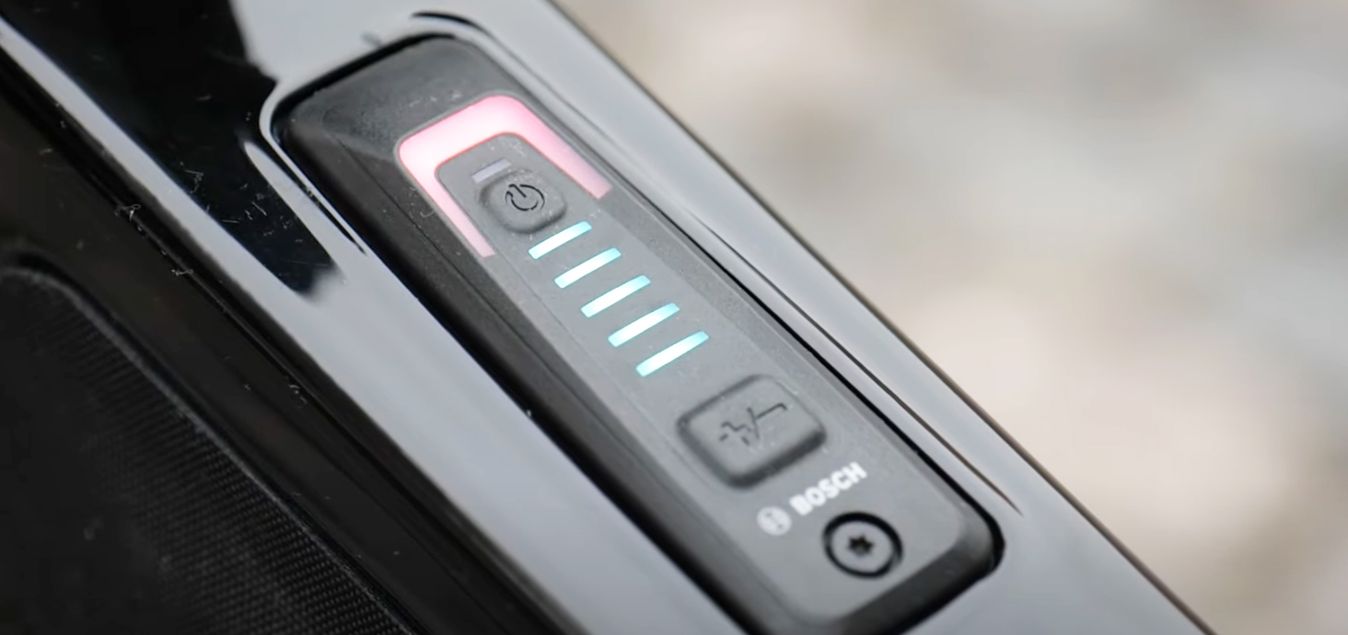
© GCN
Don't spray water directly at electric components
When you’re struggling to muster the motivation to clean your bike, it can be tempting to use a power washer to blast away any dirt and grime. The water could also blast its way into the sealed electric systems too, though.
You can avoid this by never directly pointing the washer at electronic parts, but it’s best to avoid a power washer altogether as they can have a negative impact on other components like bearings, washing away the grease.
Don’t avoid water completely, simply use something that’s a little less powerful, like a standard garden hose. But even then, still avoid pointing it directly at the battery or motor.
Seal any ports
An e-bike has different ports, such as on the battery where the charger connects. Make sure these are sealed using the bung that will usually be provided with the bike.
This is important even when you’re not spraying water directly in the vicinity of the battery, as spray will get everywhere.
Use a dry cloth when cleaning electrical parts
When it’s time to clean the battery or motor areas, use a dry cloth.
This will be enough to get rid of any dirt and grime while also protecting the system from water. You may need a brush to get into some of the harder-to-reach areas.
How to charge an e-bike battery: Best practises

© GCN
Follow good charging habits to extend a battery's lifespan
Although you can’t technically maintain the electrical system on an e-bike, you can keep it in a healthy condition by charging it correctly. This may vary depending on the manufacturer of the battery and motor, so always consult the owner’s manual for your bike, but the below principles apply to all e-bikes.
Always use the correct e-bike battery charger
Always use a charger approved by the battery manufacturer. Chargers sometimes break and it can be tempting to delve into the murky world of online marketplaces for a cheap replacement, but it could damage the battery if it isn’t compatible.
Don’t leave a flat e-bike battery
Avoid leaving a flat or fully charged battery for extended periods of time. Batteries naturally lose capacity over time but the rate of this loss will increase if you leave its charging status at the extremes for too long.
How to store an e-bike battery
Charge a battery in a dry location where it isn’t too hot or cold, and the same rules apply for storing an e-bike too.
Never leave an e-bike battery in direct sunlight but, conversely, don’t subject it to freezing temperatures - a flimsy shed may not be the best home for an e-bike throughout the cold winter months.
For more e-bike advice and news, head over to the ‘Tech’ section on the GCN website.
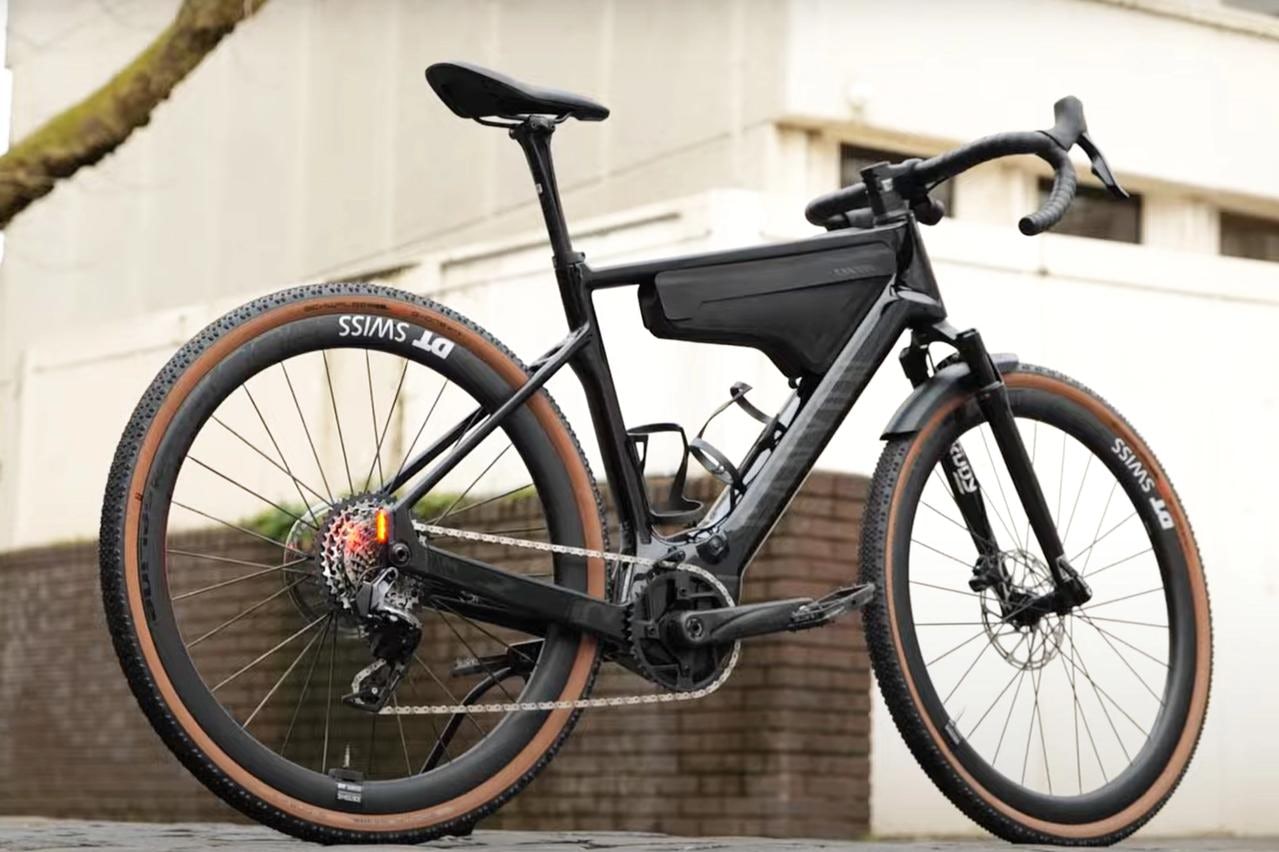







.jpg?w=600&auto=format)
